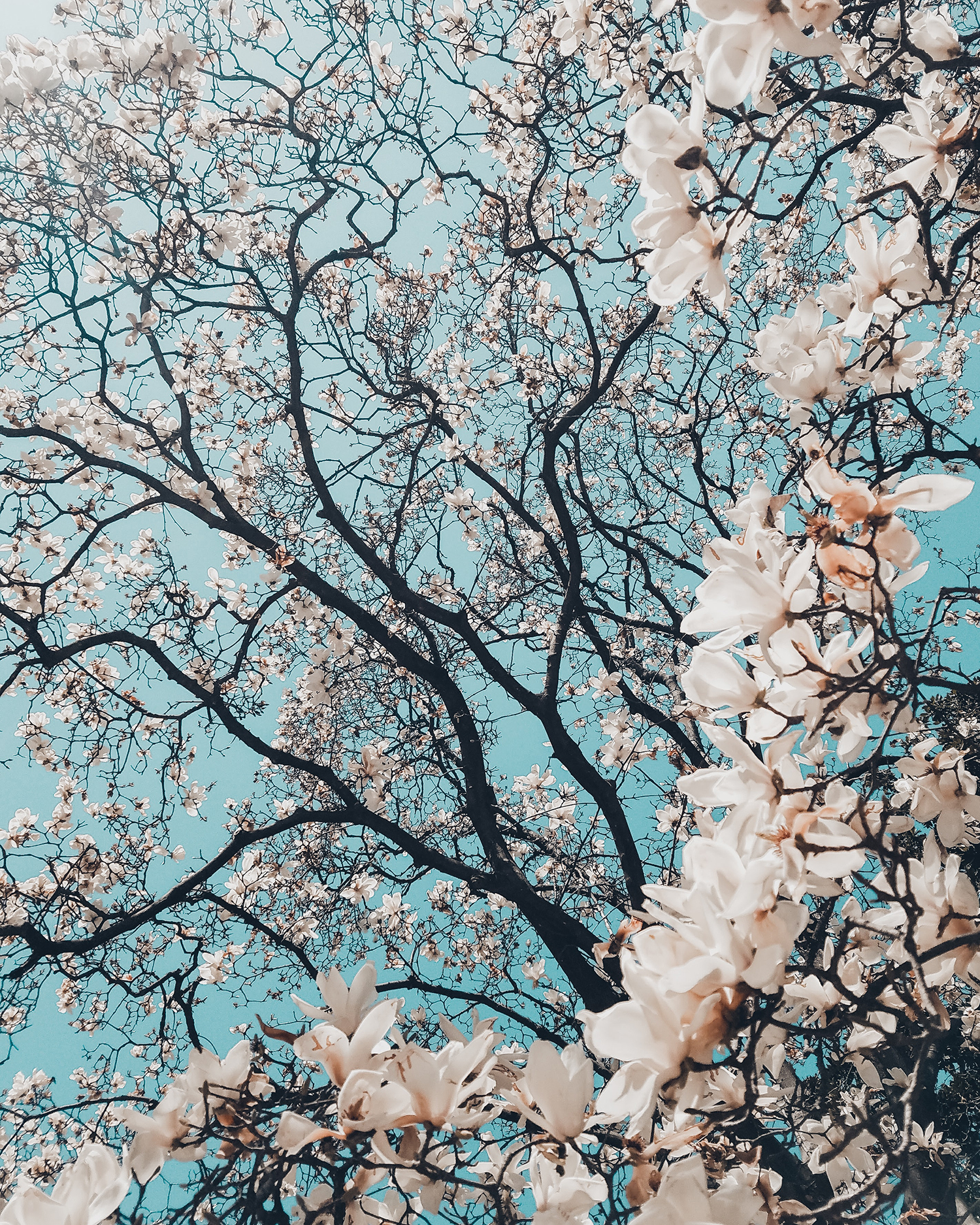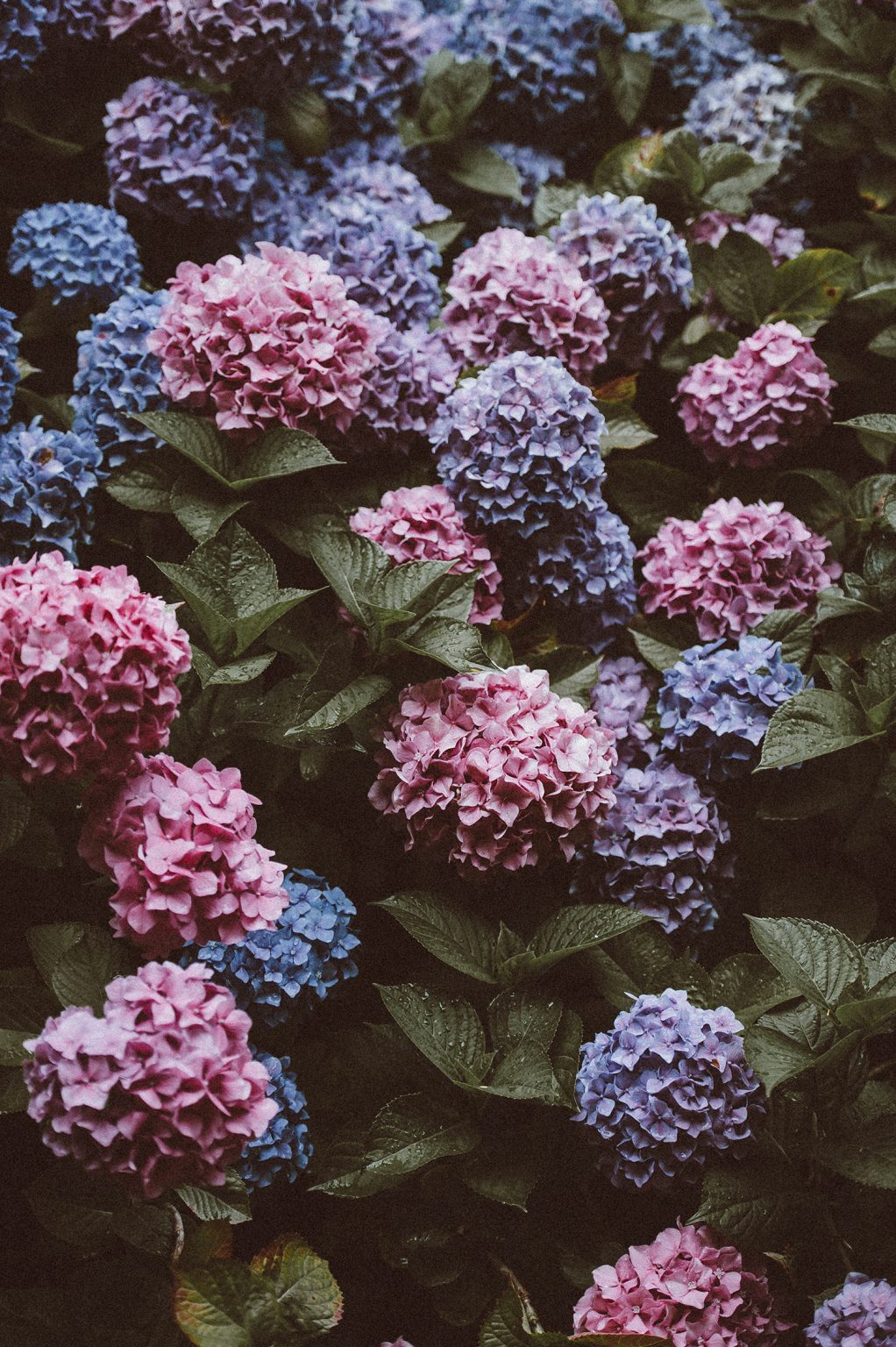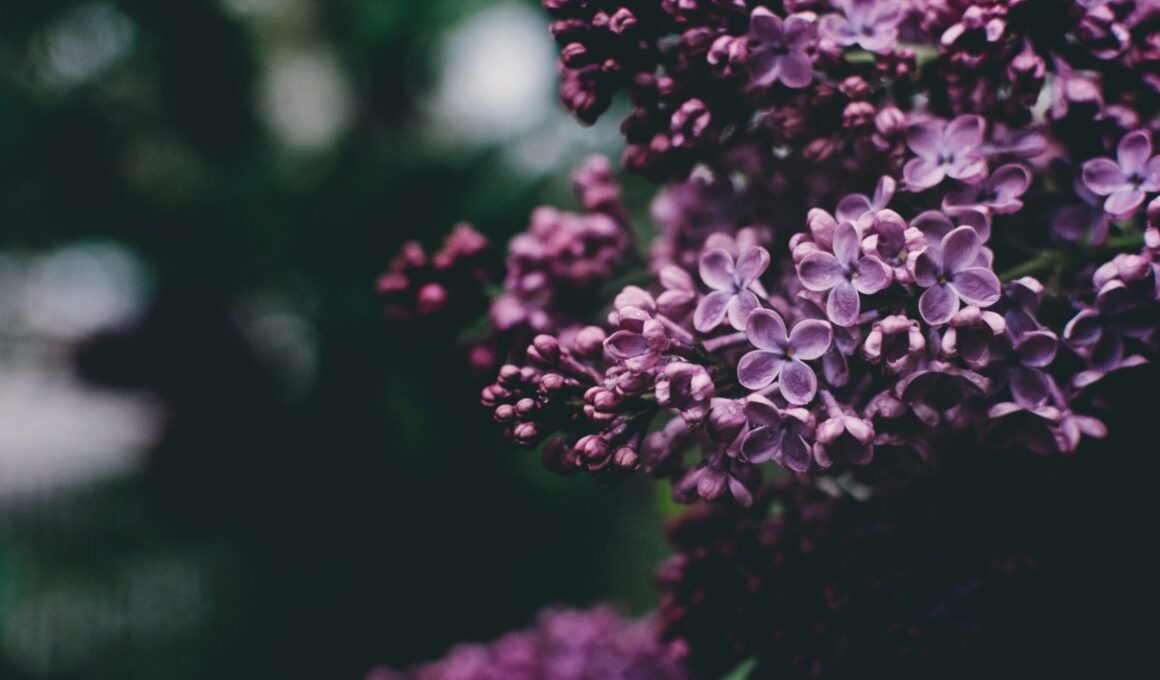If you are looking for some natural decorations for your garden, ornamental plants are best to use. They live long and more importantly, they are very easy to grow and don’t require a lot of care.
In this guide, you will discover the best flowering trees you can plant today.
1. Dogwood ‘Cherokee Brave’
Dogwood ‘Cherokee Brave’ (Cornus Florida) is an original flowering dogwood and an easygoing small tree. It has a beautiful four-petaled white or pink flowers sprinkled across a full growing crown, making it one of the best flowering plants you can grow.
While famous for its spring flowers, the tree’s brilliant red berries, and which ripen during the summer is a leading mark for wild birds. Then, in the autumn, the blooming dogwood has an alluring purple and red foliage display. They do not grow very massive or tall. The tree gets rough at the base and often becomes landscape specimens.
2. Dwarf Korean Lilac (standard)
Dwarf Korean Lilac (Syringa Meyeri) is a hardy flowering deciduous shrub adding grace, fragrance, and beauty to a garden. They are curved shape and has resistance to powdery mildew, two components that set it apart from other lilacs.
Dwarf Korean Lilac can be accommodated in small gardens. Mostly, they grow 4 to 5 feet tall and 5 to 7 feet wide, making it much thinner and thicker than other lilac bushes, similar to the common lilac, which can grow over 15 feet tall and grow into gangly.
This is the right choice for foundation planting as it won’t cover the windows. They are small and have glossy dark green deciduous leaves. The leaves of Dwarf Korean Lilac are shorter and cleaner than those of any other lilacs.

3. Eastern Redbud
Eastern Redbud (Cercis canadensis) belongs to the bean family. They are a lovely small flowering tree that pops into bloom usually during April. Most flowers are popping into bloom 7 to 10 days earlier than average, but the Eastern Redbud is a beautiful small flowering tree that gets about anywhere from twenty to twenty-five feet tall with far greater breadth which helps improve your garden landscape.
If you want to plant Redbud, plant it in well-drained soil. It’s an edge of a wood plant, so full sun is okay, but if you have a little afternoon shade, that’s good too. This plant is beautiful when backed up by evergreens. It’s absolutely one to have in the garden, and the spring display is an incredible show.
4. Fringe Tree
Homegrown to areas of Eastern North America, Fringe Tree (Chionanthus virginicus) is a versatile plant you can grow as a large shrub or a small tree. Regardless, they offer a cloud of fragrant white flowers in late spring that turns into clusters of blue-purple fruit in fall. The fruits are sure to attract birds.
Fringe Trees grow slowly, usually only 6 to 10 inches per year. In an optimal setting with abundant, watery, fertile soil, they may grow up to 1 foot per year.
5. Hydrangea Tree
Hydrangea Tree (Hydrangea paniculata) comes in both tree form and bush form. They are a great ornamental plant to give you a property pop coated with masses of snow-white flowers. The tree is best planted for a high-view and the bushes for a low-profile scene.
They are a great option in your landscape. If you need more trees in your area, why not choose Hydrangea Tree? They are classified as rapid growers that grow from 25 or more inches per year until the plant reaches maturity.

6. Jack Dwarf Pear
Jack Ornamental Pear (Pyrus calleryana ‘Jaczam’) is bathed in a brilliant bundle of white flowers along with the branches in mid-spring usually before the leaves. They have dark green foliage all over the season.
The gleamy heart-shaped leaves turn into a phenomenal purple in the fall, and the fruit is not ornamentally important. They are dense deciduous trees with a more or less bowed form. Its average character blends into the landscape but can be equitable by one or two subtle or coarser trees or shrubs for efficient composition.
This tree is a high care tree that will highly need regular care and is leading when trimmed in late winter once the threat of utmost cold has passed. It has a severe negative style. This tree may only be grown in full sunlight. They suggest growing this plant on average to moist soil setting and may not be allowed to dry out.
7. Japanese Maple
Trees do not grow reasonably well in a container on the deck or as a primary sample point in the garden. Still, elegant Japanese maples (Acer palmatum) provide both purposes and many others. Japanese Maples scope from 2 to 30 feet tall in forms that can be weeping, spherical, tiny, mounding, upright, or overflowing.
This tree has a lovely, efficiently handled fibrous root system, and quite an old plant can be lifted and moved. Morning sun and afternoon shade are excellent for Japanese Maple trees. Filtered sunlight is also good.






